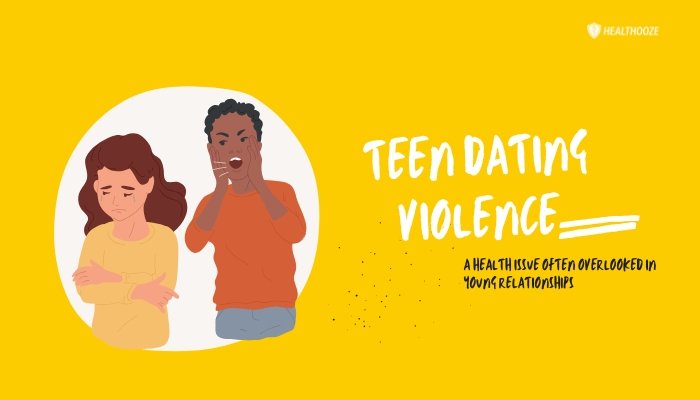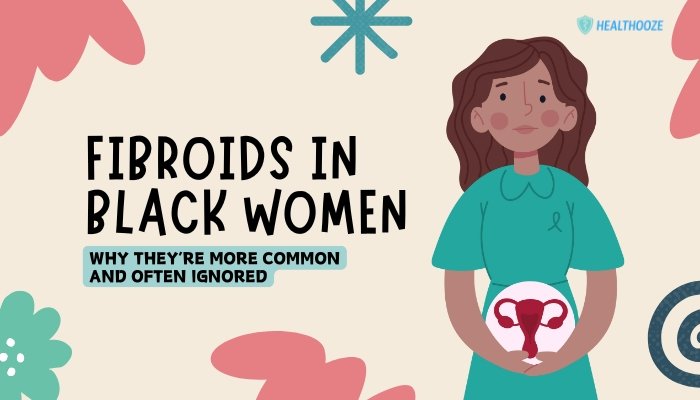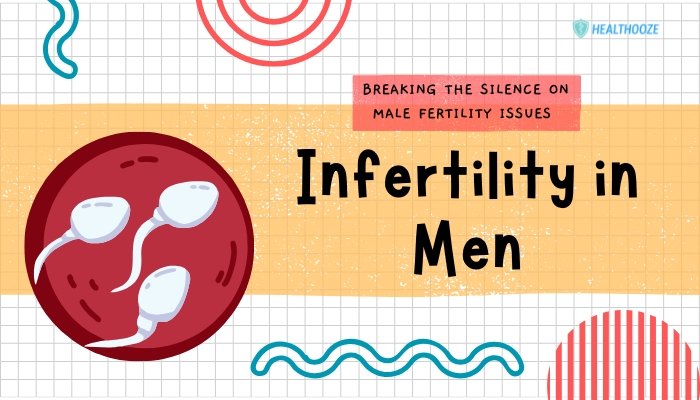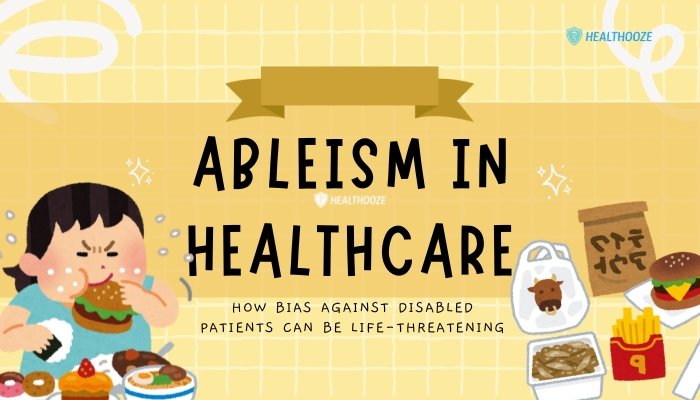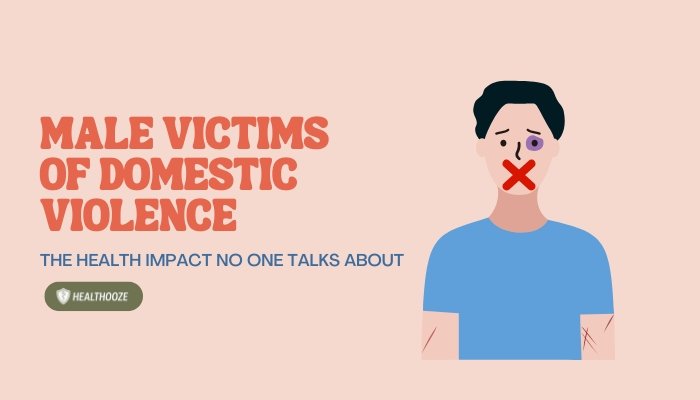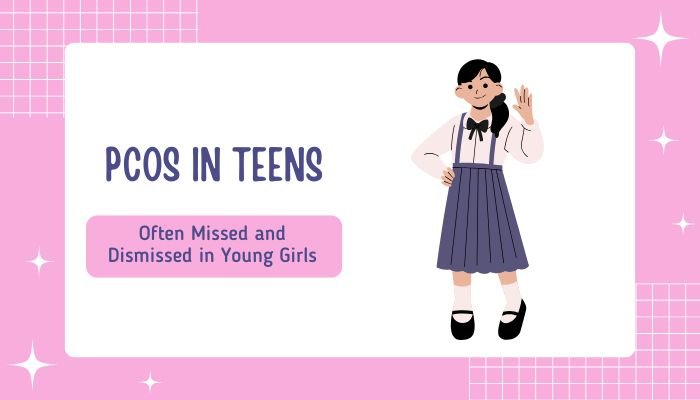Introduction
Teen dating violence (TDV) encompasses various forms of physical, emotional, or sexual abuse in adolescent dating relationships. Although sometimes overshadowed by domestic violence among adults, TDV is a major public health concern, with far-reaching psychological and physical impacts.
Teens may be especially vulnerable, given their limited relationship experience, evolving self-esteem, and social pressures. Recognizing the red flags and fostering open communication are crucial to preventing cycles of harm from taking root in young relationships.
Defining Teen Dating Violence
Types of Abuse
- Physical Abuse: Hitting, pushing, or restraining a partner. Even seemingly minor acts like shoving or slapping must be taken seriously.
- Emotional/Verbal Abuse: Threats, insults, or manipulative behavior, such as constant monitoring or humiliation.
- Sexual Abuse: Forcing or pressuring a partner into unwanted sexual acts, including coercion under intoxication.
- Digital Abuse: Excessive texting, demanding passwords, or sharing intimate pictures without consent.
The Adolescent Context
Teens may be less aware of what constitutes a healthy relationship, lacking reference points or role models. They could perceive controlling behavior as a sign of love, confusion about boundaries, or minimal knowledge about seeking help. Social media further complicates relationships, with “likes,” location tracking, or invasive messaging intensifying monitoring or jealousy.
Why Teen Dating Violence Goes Unnoticed
Embarrassment or Fear of Judgment
Young victims might hide the abuse out of shame, fear parents will ban them from dating altogether, or loyalty to their partner. They may be uncertain about how to articulate emotional or psychological aggression.
Normalization of Harmful Behaviors
Some teens see toxic patterns—like possessiveness or controlling texts—as standard romantic gestures, shaped by peer examples or media. In addition, digital boundaries remain fuzzy in many adolescent circles.
Adult Misunderstanding
Parents or educators often assume teenage relationships are “less serious,” ignoring red flags. Consequently, they fail to ask the right questions or offer appropriate interventions.
Identifying Signs and Risk Factors
Warning Indicators
- Excessive Jealousy: Demands for constant updates on whereabouts, negative reactions to harmless social interactions.
- Isolation: A partner discouraging or forbidding the teen from spending time with friends or family.
- Sudden Personality Shifts: A typically outgoing teen becomes withdrawn, fearful, or anxious about phone calls/texts.
- Physical Injuries: Bruises or marks explained poorly, or frequent “accidents” that appear suspicious.
Underlying Vulnerabilities
- History of Family Violence: Witnessing or experiencing domestic abuse at home can normalize controlling or aggressive behaviors.
- Low Self-Esteem: Feeling unworthy may lead a teen to stay in an abusive relationship, believing this is the best they can do.
- Peer Pressure: Encouragement from friends to maintain a certain “relationship status” or abide by a controlling partner’s demands.
Consequences and Health Impacts
Immediate Effects
Victims of TDV may experience injury, depression, anxiety, or unhealthy coping strategies (substance abuse, self-harm). Ongoing stress from relationship turmoil also undermines academic performance and social development.
Long-Term Repercussions
- Chronic Mental Health Struggles: Post-traumatic stress disorder or persistent low self-confidence can hamper healthy future relationships.
- Cycle of Abuse: Without education or intervention, adolescents may replicate abusive patterns as they transition into adulthood.
- Physical Sequelae: If sexual assault occurs, risk of STDs or unintended pregnancies rises, while repeated physical abuse can lead to more serious injuries.
Prevention and Intervention
Education and Awareness
- School Programs: Incorporating lessons on healthy relationships, consent, and digital respect into curricula fosters baseline knowledge.
- Parent-Teen Conversations: Open dialogues about boundaries, respect, and red flags equip teens to recognize misconduct.
- Peer-Led Initiatives: Encouraging youth ambassadors or older students to champion respectful dating behaviors can transform social norms within schools.
Supporting Victims
- Confidential Hotlines: Access to phone lines or chat services specializing in teen relationship issues ensures discreet help.
- Counseling and Group Therapy: Safe spaces to process experiences, reduce self-blame, and rebuild self-esteem.
- Legal Protections: Some jurisdictions allow protective orders or harassment charges for underage victims, though laws vary widely.
Community and Policy
- Professional Development: Training educators, coaches, and youth counselors on spotting subtle emotional abuse or controlling behaviors.
- Funding for Research: Detailed data on teen dating violence patterns can drive targeted programs, ensuring resources match real-world needs.
- Tech Partnerships: Collaboration with social media platforms to curb digital harassment or invasive “tracking” features misused in teen relationships.
Advice for Teens and Caregivers
For Teens
- Know Red Flags: Pushy or threatening texts, jealousy disguised as concern, or disapproval of friends.
- Set Boundaries: Clarify what behaviors are off-limits (constant location requests, reading personal messages).
- Seek Adult Help: Approaching a parent, counselor, or reliable teacher when feeling unsafe or confused.
For Parents and Guardians
- Encourage Dialogue: Without lecturing, ask about how relationships are going. Prompt them to share frustrations or joys.
- Validate Feelings: Dismissing a teen’s love interest as trivial can alienate them. Instead, show empathy while addressing harmful behaviors.
- Monitor Digital Activity: Overly invasive monitoring backfires, but being aware of changes in your teen’s social media or phone use can reveal early signs of trouble.
Conclusion
Teen dating violence, long overshadowed by adult domestic abuse, demands thorough recognition and preventive measures. As youth increasingly explore romantic and sexual connections, they require guidance on respecting boundaries, identifying unhealthy patterns, and seeking help without shame. Enhanced education, community programs, and supportive family environments enable adolescents to develop safer, healthier relationships. By dismantling misconceptions and giving teenagers practical tools, we can reduce teen dating violence, helping them carry respectful habits and emotional wellbeing into adulthood.
References
- https://www.cdc.gov/
- Niolon PH, Kearns M, Dills J, et al. Preventing intimate partner violence across the lifespan: a technical package. CDC. 2017.
- Foshee VA, Reyes HLM, Ennett ST, et al. Risk factors for the perpetration of youth dating violence. J Youth Adolesc. 2011.

